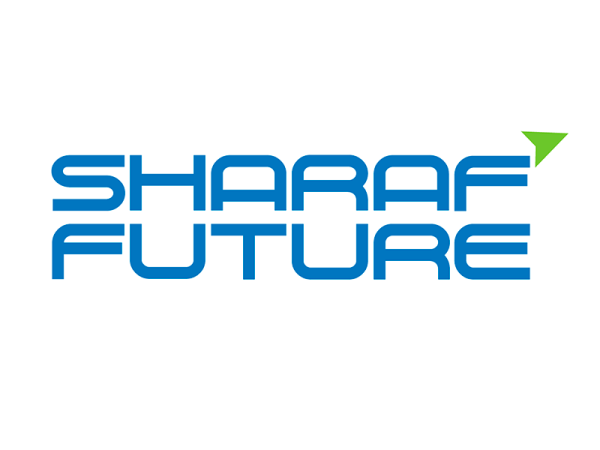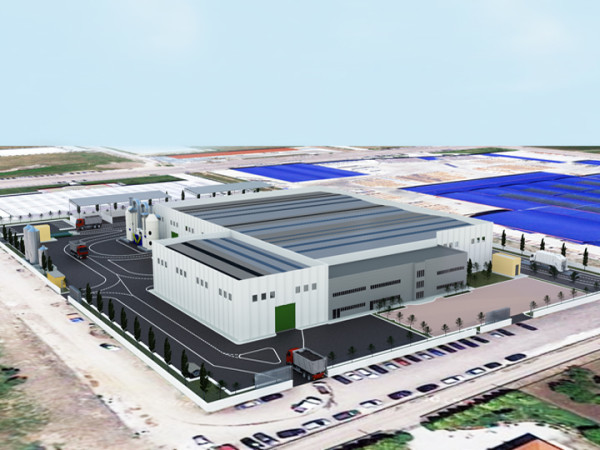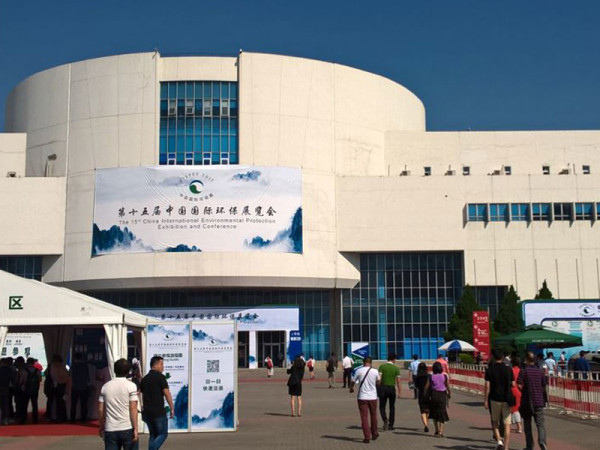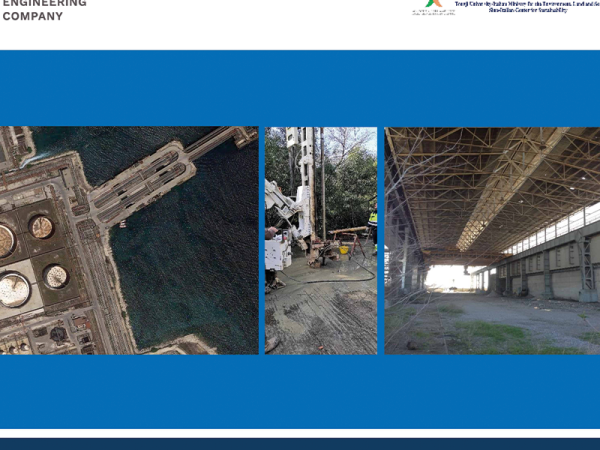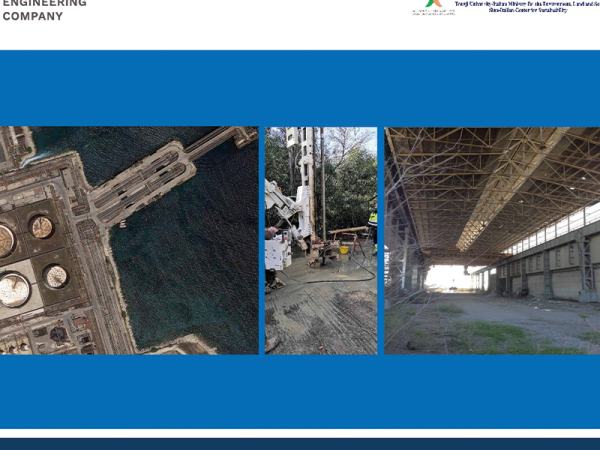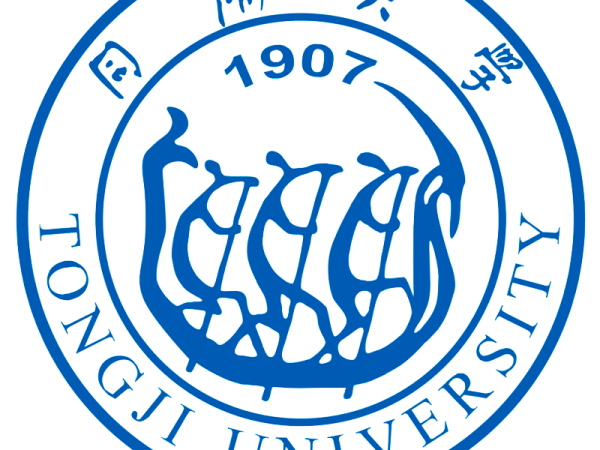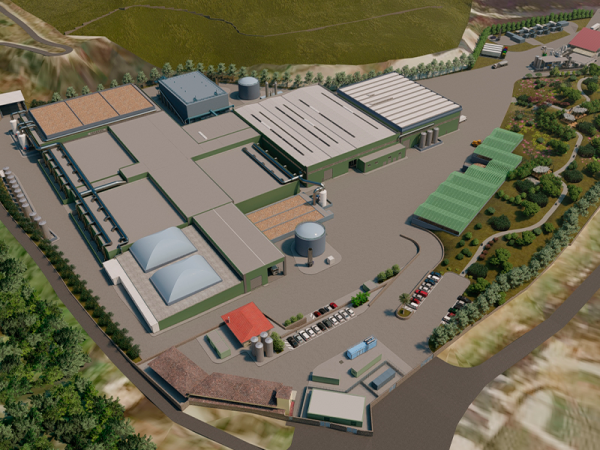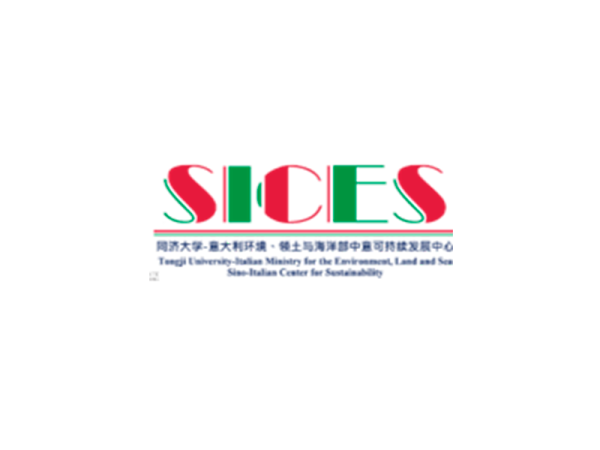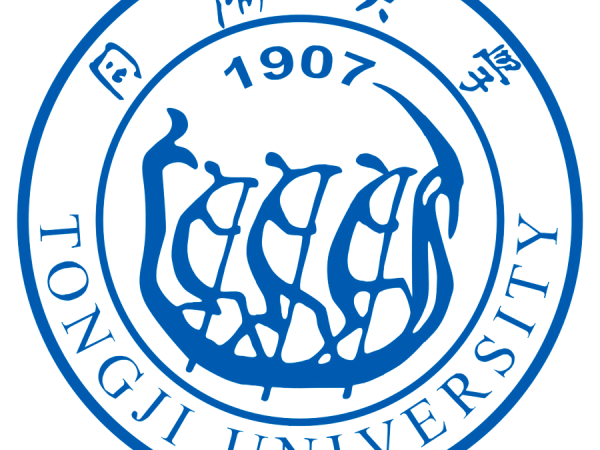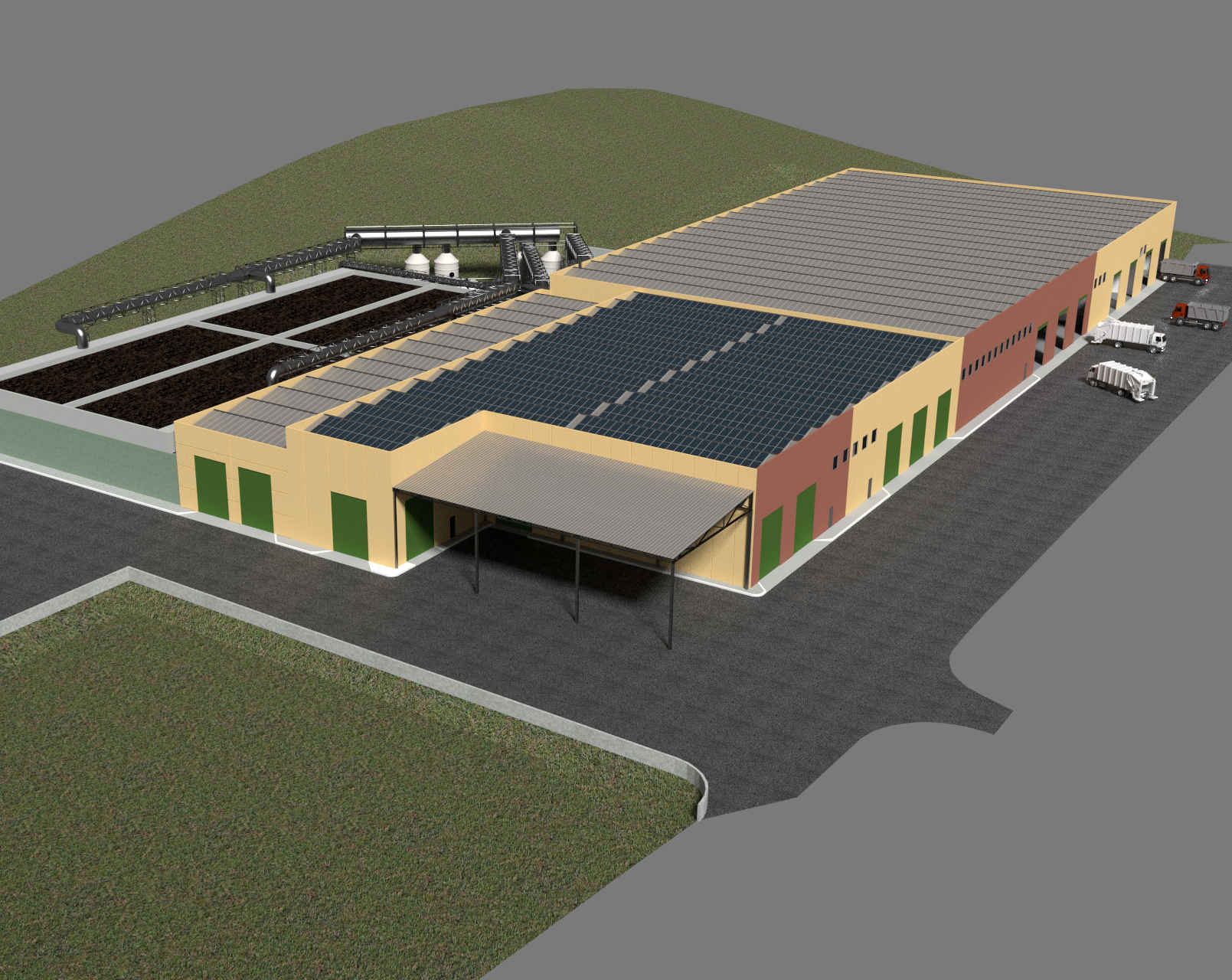
Plant data
Features
- Location: C.da Timpazzo – Gela (CL)
- Coord. UTM (Zone 33S):
439,794 E – 4,113,270 N - Site area: 4.3 ha
- Shed surface: 11,300 m²
- Design level: Final design
- Designing period: 2014
- Assignment: Final design
- Cost: 21,690,737.80 €
Treatment
- Operations according to All. B and C at Part IV of D.Lgs. 152/06 s.m.i.: D8, D9, D14, D15, R3, R4, R5, R13
- Potential capacity:
60,000 ton/year
35.0 ton/hour - Treatment lines:
Mechanical pretreatment: n. 2 lines of screening at 300 mm – shredding – double screening (130 mm and 100 mm) – ferrous and nonferrous metals recovery – paper recovery – plastic recovery – recyclable materials pressing
Biological treatment: aerobic stabilization of undersreen materials (n. 9 tunnels, dimentions 8 x 40 m each one)
Accessory equipment
- Air treatment: 320,000 Nm³/hour
Air treatment system: n. 4 wet scrubbers and biofilter (partitioned into four sections)
Total biofilters surface: 2,560 m² - Future developments prediction:
final shredding section for RDF
final shredding section for biostabizated materials
high-quality compost production from organic fraction by separate collection
(S0007)
Plant description
The design was developed in accordance to a public tender for the construction of an integrated system for the M.S.W. mechanical and biological treatment in the Municipality of Gela (CIG 553112900C), which was issued by the Commissioner for the Waste Emergency in Sicily (O.P.C.M. 9/7/2010 n. 3887 – D.L. n. 43/2013). The plant lay-out provides two mechanical treatment lines for the screening of M.S.W. with a capacity of 31.4 ton/hour overall, which are divided as the following: a wide area for the storage of the incoming wastes, two screens with 300 mm holes for the separation of non-treatable wastes, two shreddings and double-stage screenings (with holes from 130 to 80 mm). This to separate the following materials: i) oversize fraction >130 mm by which nonferrous (e.g. aluminium cans) and ferrous materials can be separated; ii) oversize fraction 80÷130 mm, by which ferrous materials can be separated; iii) underscreen fraction <80 mm, which must be processed with biological treatment. Oversize materials also will be processed with ballistic and optical separation in order to separate paper and recover plastic materials too. The designed layout also provides the possibility of future development of a fine-shredding section to produce RDF, a refining section for the biological stabilized materials and a recovery section for the organic waste from separated collecting of MSW (producing of high quality compost). Biological treatment provided for underscreen fractions is the aerobic stabilization within closed air-forced tunnels, in order to obtain stable and dry materials which can be recovered or directed to final disposal. The buildings will be kept in constant depression in order to ensure the health of workers; the air is recirculated within the aerobic tunnels to facilitate the process. At last the exhaust air will be treated with two scrubbers and a biofilter before the emission into the atmosphere, within law limits.



